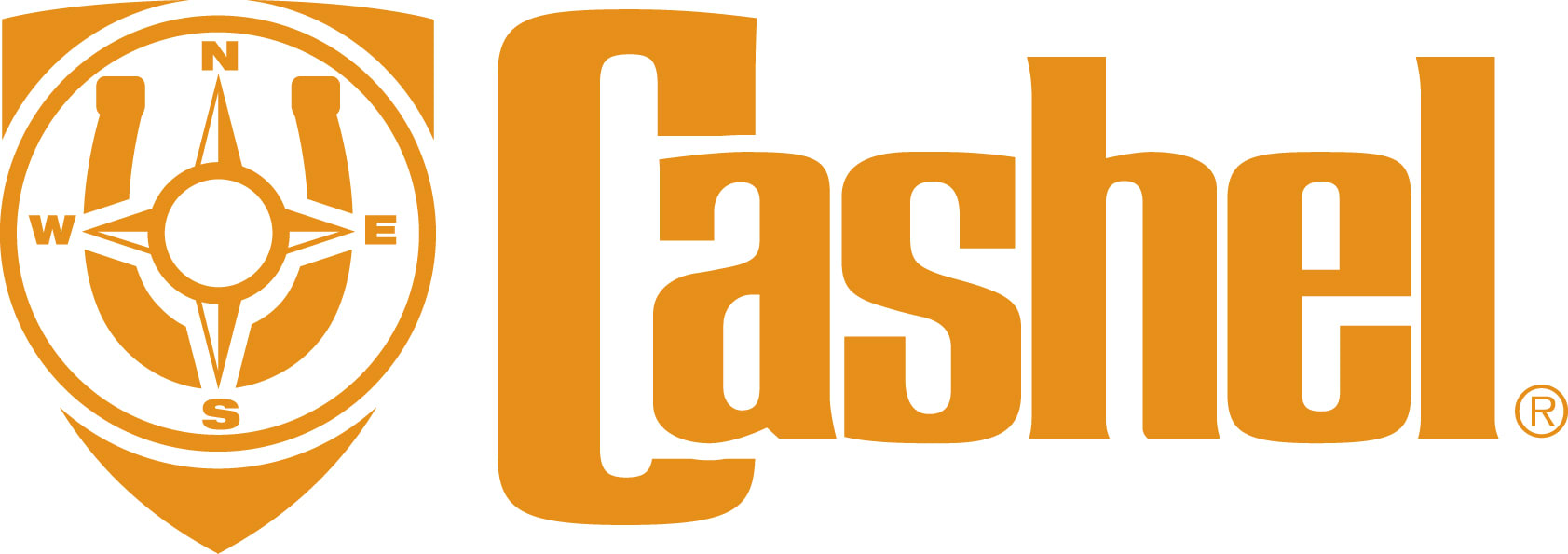Home > Horse Care > Making Sure Your Horse’s Fly Masks and Boots Fit
Making Sure Your Horse’s Fly Masks and Boots Fit
- September 5, 2019
- ⎯ Cashel Company
Imagine turning your horse out in his or her brand-new fly sheet. Within minutes, your horse’s head, ears, and legs are being attacked by bugs. These uncovered areas are easy targets for bloodthirsty flies, obnoxious no-see-ums, and everyone’s summertime enemy, mosquitoes. The result: Piercing bites to sensitive skin and frenzied attempts to escape the pain and torment. (Are you wincing yet?)

What about fly spray, you ask? Though important to any fly-control program, it is difficult to apply to some of these areas and easily sweated or rubbed off. You need additional “body armor” in the form of fly masks and fly boots.
Do you know how to properly fit fly masks, sheets and boots to your horse? That’s a question that might arise after your 10th trek around the field searching for horse’s lost apparel. Then there’s the matter of maintenance; what you don’t know can actually harm your horse.
How to Make Sure Your Horse’s Fly Mask Fits
The sizes listed on fly mask packages give a rough idea of fit to help you make the best choice. There are four critical areas to check when picking a fly mask size:
- Eyes: Whether the mask has darted mesh fabric or another type of shaping, adequate eye clearance is vital. If the fit is too close, it can cause irritation to your horse. Once you’ve fastened the mask correctly, examine the eye area from the front, side, and back. Is the roomiest part of the mask over the eyes? If you spot any interference with even the lashes, replace the mask with a different size.
- Muzzle: You wouldn’t think twice about fitting a noseband on a bridle, right? The same attention should be paid to the lower edge of your horse’s fly mask. Make sure that edge ends about 1 ½ inches below the cheekbone, so it won’t rub the bony part. Go for a snug fit, leaving a finger’s width of space to enable jaw movement when grazing.
- Throatlatch: When adjusting this part of the mask, allow a couple of finger widths between the mask edge and the throat. Some “give” is needed when the horse lowers his head, and many types of fasteners will pop open at this point if adjusted too tightly.
- Ears: A mask that is too loose behind the ears (in the poll area) can slide off too easily. However, the ear coverings or holes should be roomy enough to prevent discomfort and rubbing.
How to Make Sure Your Horse’s Fly Boots Fit
One of the most overlooked weapons in this seasonal war, fly boots, should be used as routinely as fly masks. Many species of flies zero in on equine legs, causing anxiety and distress. The result is pacing and stomping, which can lead to hoof cracks, loose shoes, joint problems and a world of headaches.
Get out your tape measure and compare your horse’s leg measurements to those on the product package. The boots should sit below the knee, to avoid interfering with movement, while clearing the ground on the bottom. Shaped boots might help minimize loss, but regardless of the style, adjust them with leg movement in mind.
Clean and Replace Fly Control Gear
Like all equine apparel, masks and boots must be maintained. A mud-caked mask can block your horse’s vision or increase the chance of dirt sneaking into the eye.
When your fly gear is dirty, a good rinse in a bucket of soapy water will clean the gear and help increase longevity. Give fleece trim a gentle scrub and add a bit of equine-friendly disinfectant to the wash water if the items are excessively soiled. Air dry while your horse is enjoying stall time (no electric dryers, please), and you’re set for the next day.
While cleaning, inspect for damage. Mesh material can get snagged, leaving holes for bugs to penetrate and sharp fibers that can scratch skin. It’s best to replace masks and boots if the mesh is damaged, particularly if they’re a season old or older.
With proper fit and care, your horse’s fly apparel will life more comfortable and horsekeeping that much easier.









